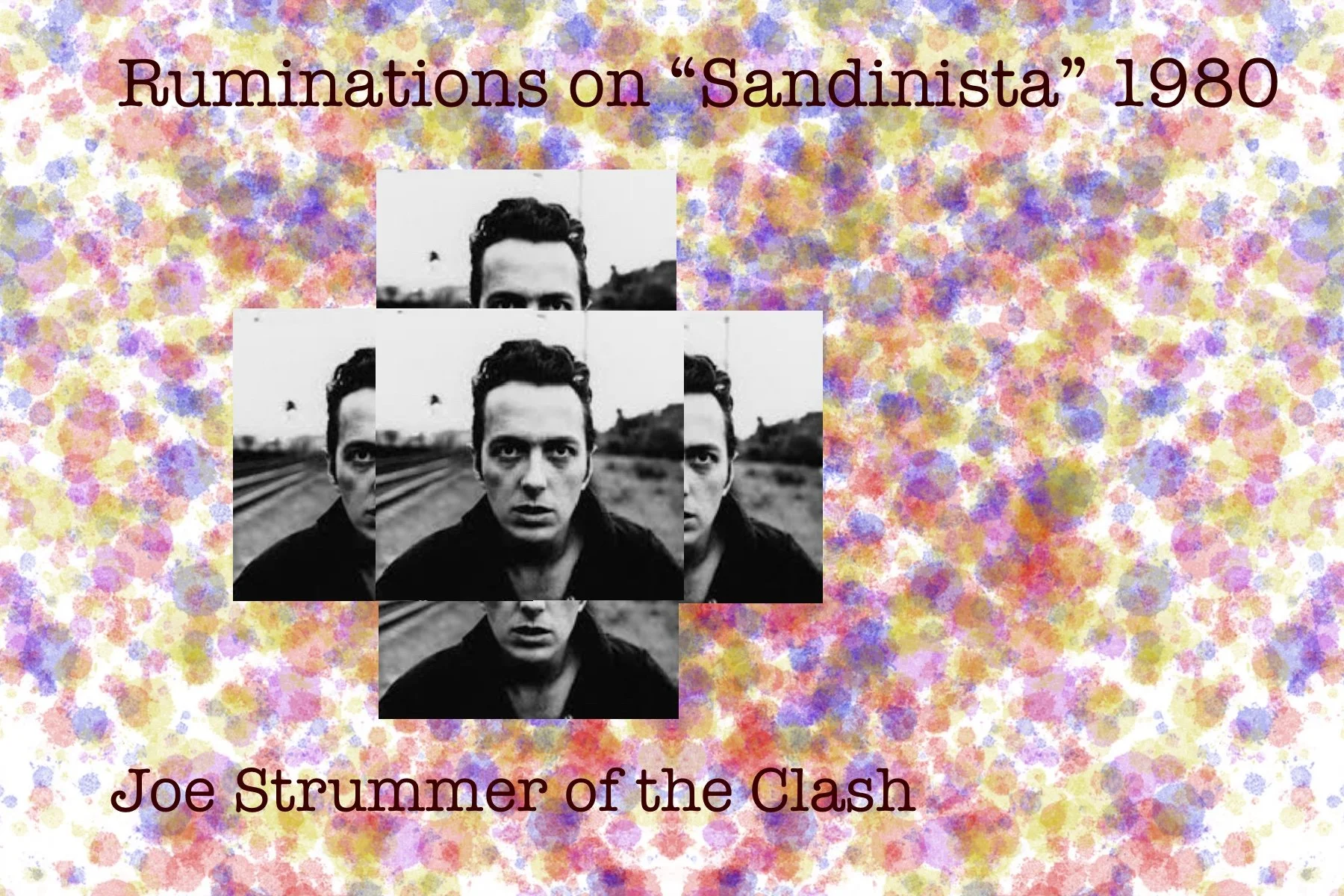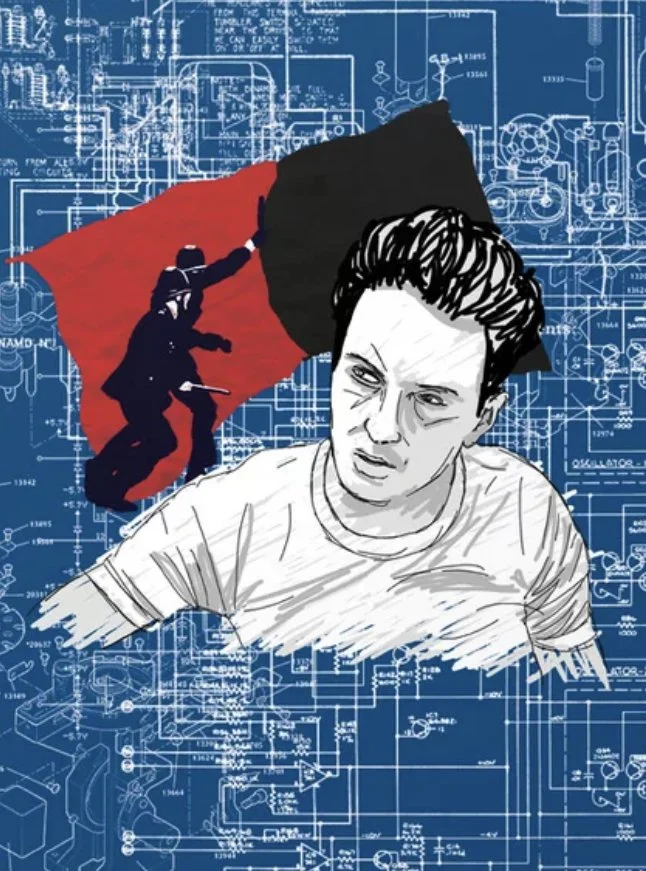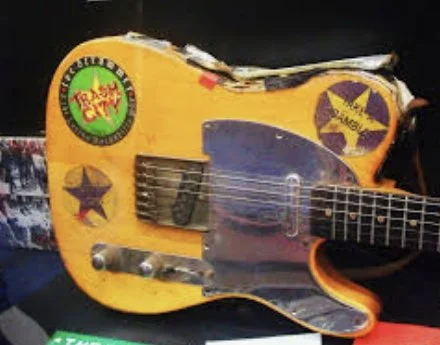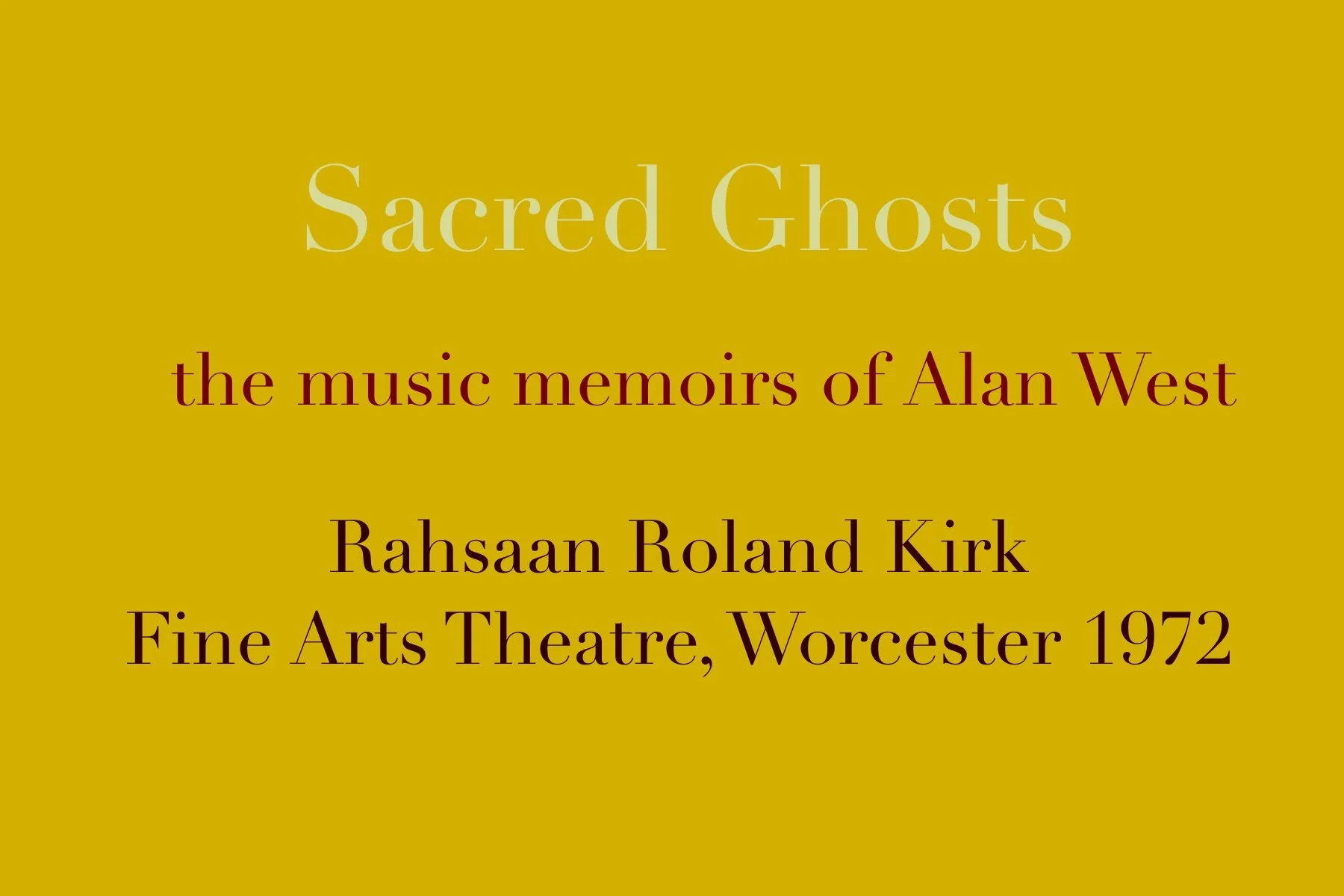Radio Graphics was originated to highlight the sound and graphic quality of records I have come across. In the subsequent development of the Music Lives 365 calendar experience, that focus has changed but has not been forgotten. Depending upon the intensity of one’s music addictions, the fascination with particular projects wax and wane. Such is the case with “Sandanista” by the British rock ensemble the Clash. To be sure, due perhaps to a raft of forces around the globe, their music had taken off like a hypersonic speedboat in the late 1970’s. It had been a short ride from busking on the streets, to carrying aloft the political aspirations of the swarming audiences at their shows. Then, seemingly from nowhere in 1980, the 3 lp, budget priced bomb, their luxurious 4th album, entered the public forum. As is often the case with the gracing shelf life of art, it was about 3 years ago that fragments of its fabric began to hit me.
For starters what’s with the percussiononics ? Unerringly and eccentrically on time. It’s drummer Topper Headon for the record, and the explosive ska forces that punctuate the compositions. Forget genre stereotypes. This baby is a some- all situation. Rock be bop, pop, hip politics hop, jazz conflict management, part kitchen sink, disco religious laments. Suspend all you know and let it go.
And then there were the anthems small and large. What were we supposed to do with the anger? The Clash assumed some responsibility for that challenge. Listen to “Somebody Got Murdered” (not included here but readily listenable online.) Clearly the band’s work isolated a target for the waffling strains of communal anger that serviced the time period then and still explodes in our now. Yet it was all delivered with a tincture of humor, that somehow softened the blow of their societal indictments.
And they covered Mose Allison. The song takes off like a conscious-less taxi on to a timeless urban prowl!
To say the least, a production sophistication, cross pollinating to the hilt, permeates the insane creativity of “Sandinista.” The echoes and reverb from who knows where, offer a spacious atmosphere to so many of the songs. It is reggae and dub maybe but put though a soul food processor, often assisted by errant gospel singin choirs. But don’t take my word for it. On some long trip in the car, listen to all 36 songs to experience an unparalleled largess seldom equaled on vinyl.
“Joe Strummer’s 1966 stratocaster”
“Rahsaan Roland Kirk
Fine Arts Theatre Franklin St (across from Worcester Common)
Spring 1972
“I didn’t ask my mother to buy me a trumpet or a violin, I started right on the water hose.”
—Rahsaan Roland Kirk
In April of 1969 Roland Kirk was the opening act for the Grateful Dead at Clark University’s Atwood Hall. I would have loved to be at that show, but I was in high school outside Philadelphia. In 1972 Roland Kirk would return to Worcester. This time he had added Rahsaan to his name. He said it came to him in a dream.
Born in Columbus, Ohio in 1935, he became blind at two years of age, which he said was due to improper medical treatment. As early as 14 he was playing two horns at once. In addition to the tenor saxophone, he also played the clarinet, stritch (a straight alto saxophone), manzello (a soprano sax with an upturned bell), flute, nose flute, cor anglais, oboe, keyboards and percussion.
Kirk was a very serious musician, but he was also a showman. A tall man in a towering fur hat, wraparound shades and a long caftan, he mesmerized audiences, with three saxophones, a flute, a clarinet, a whistle and a siren (and sometimes a radio) hanging from his neck. Thanks to his ability to circularly breathe and instruments that he often played two or three at a time, sometimes 10 or 20 minutes at a time he put on quite a show.
Critic Chris May described Kirk as follows; “He had one foot in the chicken shack and the other in interstellar orbit. He was like Little Richard, Albert Ayler, Sun Ra, Janis Joplin and Cab Calloway rolled into one.”
The Fine Arts Theatre was an X-rated theatre in the heart of downtown Worcester. I have no idea if they booked many other concerts or how this one came about. I can say that I was blown away by Kirk’s abilities and felt that his musicianship was of the highest caliber.
Unfortunately he suffered a debilitating stroke in 1975 that left one side of his body paralyzed. In 1977 a second stroke caused his death at just 42.”
Iris makes a stellar appearance on Tom Russell’s autobiogaphical 1999 tome , “The Man From God Knows Where.”
About a year ago I discovered this recording, produced by the tireless musican, painter and bon vivant, Jon Langford. It features a different performer for each of “Sandanista’s”tracks! Quite exquisite!




